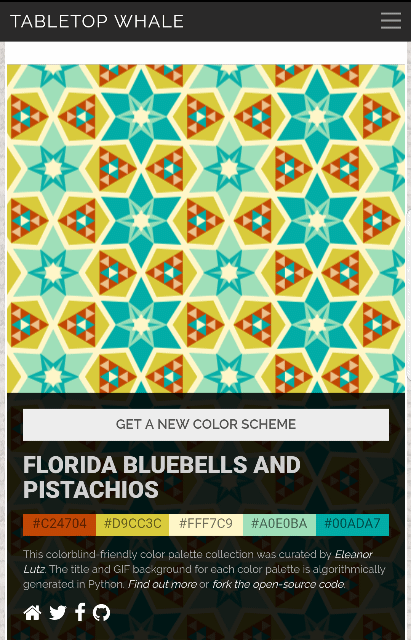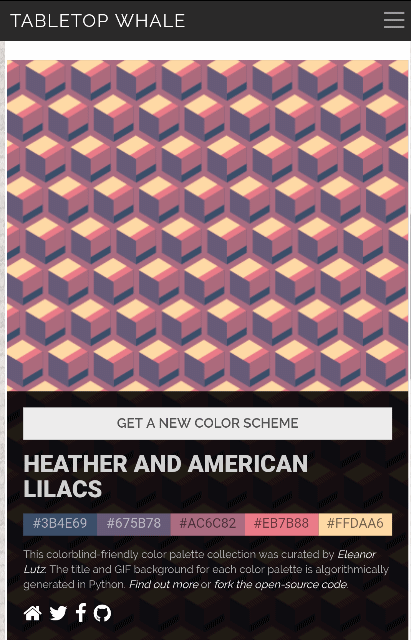sketch
function setup() {
x = 500;
y = 350;
//Distance from centre
dist = 31
createCanvas(x, y);
background(235, 252, 255);
//Hair
//Back (dark)
fill(0, 0, 0);
rect(168.5, 179, 159, 300);
//Shirt
noStroke();
fill(255, 210, 227);
quad(145, 290, 355, 290, 365, y, 135, y);
//Neck
noStroke();
fill(245, 230, 203);
rect(x/2-20, 260, 40, 30);
quad(230, 260, 270, 260, 252, 280, 248, 280);
//Face shape
noStroke();
fill(255, 244, 223);
ellipse(x/2, y/2, 140, 180)
//Hair
//Side
c = 12
d = 125
fill(51, 25, 0);
quad(200-c, 120, 210-c, 120, 190-c, 300, 185-c, 175);
quad(188+d, 118, 200+d, 165, 190+d, 300, 185+d, 165)
stroke(51, 25, 0);
strokeWeight(10);
line(306, 120, 315, 170);
//Mouth
noStroke();
fill(256, 256, 256);
ellipse(x/2, y/2+40, 75, 50);
fill(255, 244, 223);
ellipse(x/2, y/2+15, 120, 70);
//Lip colour
noFill();
stroke(255, 219, 228);
strokeWeight(2);
arc(x/2, y/2+42, 75, 45, 0, PI);
//Cheeks
stroke(252, 229, 238);
strokeWeight(2);
line(x/2-45, y/2+6, x/2-52, y/2+10);
line(x/2-37, y/2+6, x/2-44, y/2+10);
line(x/2-29, y/2+6, x/2-36, y/2+10);
line(x/2+47, y/2+6, x/2+40, y/2+10);
line(x/2+39, y/2+6, x/2+32, y/2+10);
line(x/2+31, y/2+6, x/2+24, y/2+10);
//Eyebrows
fill(0, 0, 0)
stroke(0, 0, 0);
strokeWeight(1.5);
arc(x/2-dist, y/2-7, 50, 50, PI+QUARTER_PI, TWO_PI-QUARTER_PI);
arc(x/2+dist, y/2-7, 50, 50, PI+QUARTER_PI, TWO_PI-QUARTER_PI);
noStroke();
fill(255, 244, 223);
rect(x/2-dist-18.5, y/2-29, dist*3.2, 12)
//Eye
noStroke();
fill(256, 256, 256);
ellipse(x/2-dist, y/2-10, 27, 25);
ellipse(x/2+dist, y/2-10, 27, 25);
//Eyeball
//Outer
noStroke();
fill(153, 90, 0);
ellipse(x/2-dist, y/2-10, 17, 17);
ellipse(x/2+dist, y/2-10, 17, 17);
//Middle
noStroke();
fill(102, 51, 0);
ellipse(x/2-dist, y/2-10, 11, 11);
ellipse(x/2+dist, y/2-10, 11, 11);
//Inner
noStroke();
fill(51, 25, 0);
ellipse(x/2-dist, y/2-10, 9, 9);
ellipse(x/2+dist, y/2-10, 9, 9);
//Inner
noStroke();
fill(256, 256, 256);
ellipse(x/2-dist-4, y/2-10-4, 4, 4);
ellipse(x/2+dist-4, y/2-10-4, 4, 4);
//Smile Eyes
fill(255, 244, 223);
ellipse(x/2-dist, y/2+0.5, 30, 10);
ellipse(x/2+dist, y/2+0.5, 30, 10);
//Eyelash
noFill();
stroke(0, 0, 0);
strokeWeight(0.75);
arc(x/2-dist, y/2-10, 25, 25, PI+QUARTER_PI, TWO_PI-QUARTER_PI);
arc(x/2+dist, y/2-10, 25, 25, PI+QUARTER_PI, TWO_PI-QUARTER_PI);
noFill();
stroke(0, 0, 0);
strokeWeight(0.5);
arc(x/2-dist-6, y/2-25, 8, 8, HALF_PI, PI);
arc(x/2-dist-4, y/2-24, 5, 5, HALF_PI, PI);
arc(x/2+dist+6, y/2-25, 8, 8, 0, HALF_PI);
arc(x/2+dist+4, y/2-24, 5, 5, 0, HALF_PI);
//Nose
stroke(252, 234, 208);
strokeWeight(3);
line(x/2, y/2-3, x/2+4, y/2+25);
strokeWeight(1.5);
line(x/2+4, y/2+25, x/2-3, y/2+29);
//Nose shadow
stroke(255, 238, 215);
strokeWeight(4);
line(x/2+4, y/2-3, x/2+8, y/2+25);
strokeWeight(2);
line(x/2+8, y/2+25, x/2, y/2+29);
//Nostril
strokeWeight(3);
line(x/2-8, y/2+24, x/2-11, y/2+28);
line(x/2-8, y/2+24, x/2-11, y/2+28);
//Hair
noStroke();
fill(51, 25, 0);
//Sides
quad(217, 110, 290, 144, 311, 185, 311, 121);
quad(195, 112, 217, 110, 192, 160, 180, 186);
//fill(256, 256, 256);
//Fringe
quad(186, 122, 210, 96, 240, 85, 282, 94);
quad(282, 94, 310, 115, 290, 144, 210, 105);
//Top
noFill();
stroke(51, 25, 0);
strokeWeight(14);
arc(249, 167, 138, 160, PI, 0)
//front hair
stroke(51, 25, 0);
strokeWeight(20);
bezier(225, 92, 385, 70, 297, 330, 330, 340);
bezier(215, 100, 135, 240, 210, 350, 170, 345);
strokeWeight(5);
bezier(211.5, 105, 160, 240, 215, 350, 178, 348);
bezier(190, 120, 135, 240, 200, 340, 165, 345);
bezier(215, 100, 372, 120, 290, 350, 330, 345);
bezier(225, 92, 395, 65, 297, 340, 330, 335);
}
function draw() {
}
Looking back at my code, I only used a few geometries throughout the entire process, yet I was able to make a self-portrait. The
hardest part of the process was pinpointing the coordinates for the shapes, which got harder especially with quad that required 8 blanks to be filled and arc that required the radians.

![[OLD FALL 2017] 15-104 • Introduction to Computing for Creative Practice](https://courses.ideate.cmu.edu/15-104/f2017/wp-content/uploads/2020/08/stop-banner.png)

